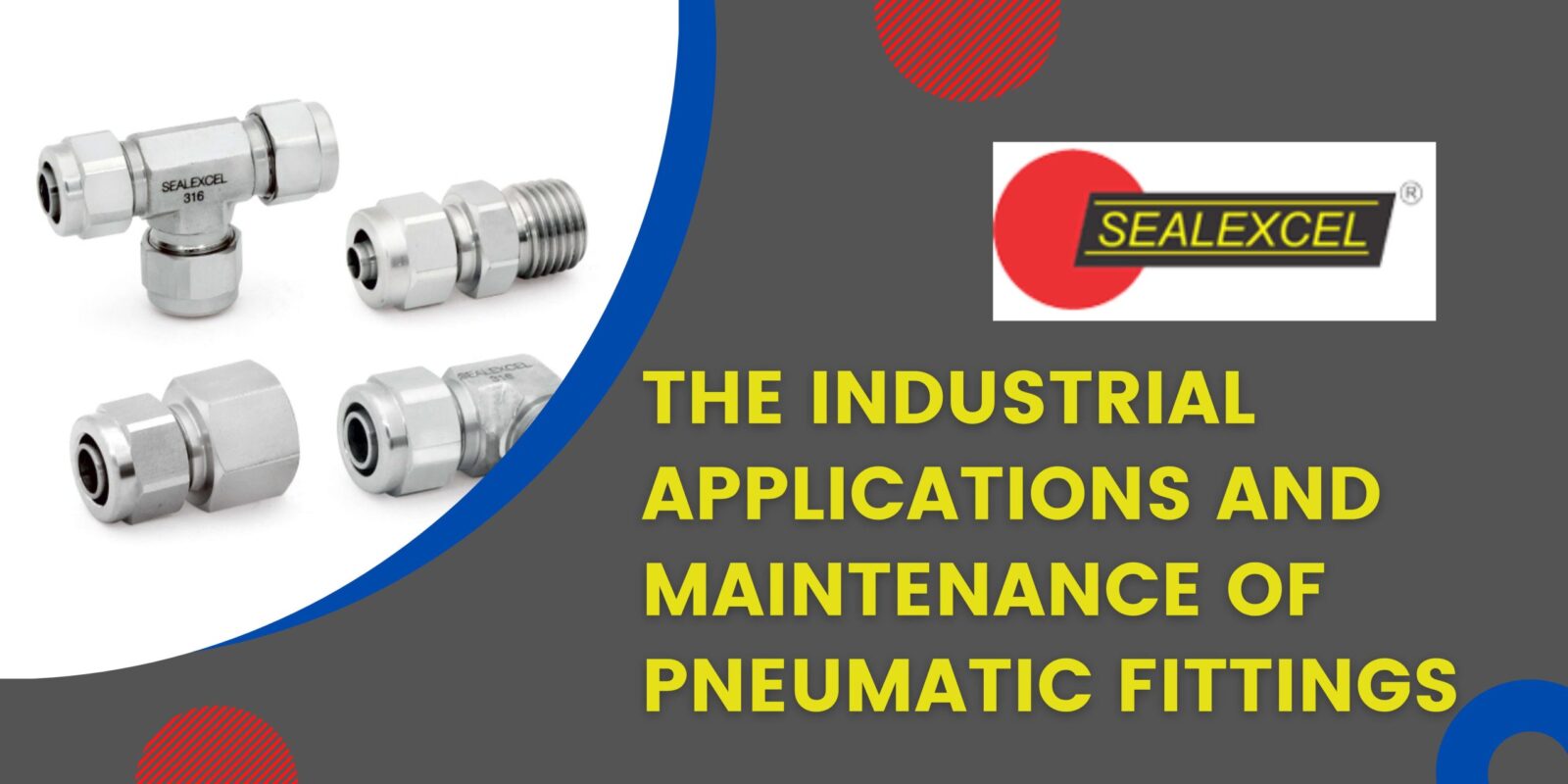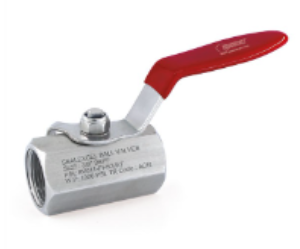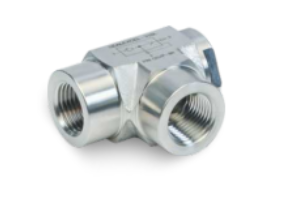
Types of Pneumatic Fittings based in Materials
March 3, 2022
The Industrial Applications And Maintenance Of Pneumatic Fittings
June 3, 2022If you do not have the right air fitting for your hose, it will not operate correctly. If you are inexperienced with pneumatic air pipe fittings in general, you may not be aware that various air fittings are available for different air hoses. If you do not use the right fitting, you run the danger of having problems with your air compressor.
In reality, leaks in compressed-air systems may be expensive. Therefore, it is well worth the maintenance work to correct any large leaks.
The Fitting’s Design
When it comes to selecting the correct pneumatic air pipe fittings for your hose, there are a few factors to consider. First, think about the style of the fitting. There are several styles of fittings and couplers available, and if you do not choose the right one, your machine will not function correctly.
It is critical to note that identical type plugs and coupler bodies must be used. If they do not, the pneumatic air pipefittings will not be secure. All of the plugs accessible are assigned a letter. A-Style plug, for example, can only be used with an A-Style coupler. A-Style, M-Style, and T-Style plugs are commonly available for purchase.
Maximum Inflow Pressure and Temperature Maximum
You must also consider the maximum inlet pressure and temperature. The maximum intake pressure is the most pressure that an air coupler or plug can tolerate without breaking. The maximum temperature of a coupler relates to how hot it can reach without causing damage.
Couplers typically have maximum temperature ratings of 250 degrees Fahrenheit. In addition to considering the intake pressure and temperature, you should consider the environment in which your pneumatic air pipefittings will be used. If you operate in a setting with high pressures or severe temperatures, you must choose a fitting that will perform correctly with the surroundings.
National Pipe Taper.
The National Pipe Taper is another factor to consider. Any pneumatic air pipefittings that adhere to the NPT standard will have the same dimensions capabilities as any other air fitting on the market. Therefore, if you have a 15-year-old air fitting and want to know whether it will operate as well as a newer fitting, check sure they have the same size and NPT standard.
Length
Air hoses are widely available in a variety of lengths, and many different lengths of hose may be obtained for many sorts of applications. The length you choose is determined by the distance between the compressor and the fitting pneumatic tool’s workspace. A longer hose allows for more separation between the workplace and the compressor, but some air pressure is lost in transmission. A shorter hose is easier to use in small locations, maintains pressure more effectively, and works well with a portable compressor.
You must choose a hose with a maximum operating pressure higher than that of your fitting pneumatic application for safety reasons. This means you should examine the pressure at which your application runs, correlate it with the proper l/min, and choose your hose based on the pipe system’s greatest possible pressure. Before selecting a particular hose, we suggest that you double-check the specs of all system components.




